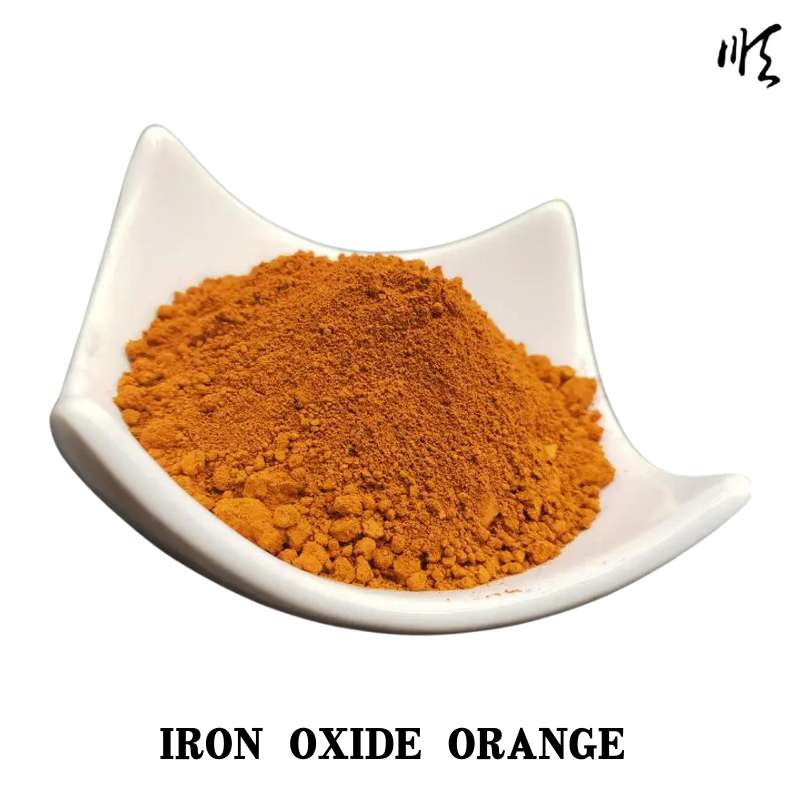
Exploring the Benefits and Applications of Ultrafine Fly Ash in Construction and Industry
The Role of Ultrafine Fly Ash in Modern Construction
In recent years, ultrafine fly ash has gained significant attention in the construction and building materials industry due to its unique properties and sustainability benefits. Fly ash is a byproduct of coal combustion in power plants, primarily composed of fine particles that are carried away from the combustion chamber by flue gases. When processed into ultrafine particles, fly ash can provide enhanced performance characteristics for concrete and other construction materials.
One of the primary advantages of using ultrafine fly ash is its ability to improve the workability and durability of concrete. When added to concrete mixes, ultrafine fly ash significantly enhances the material’s fluidity, making it easier to work with during the pouring and finishing processes. This increased workability is particularly beneficial in complicated formwork scenarios or when working in areas with intricate designs.
In addition to improved workability, ultrafine fly ash also contributes to the long-term durability of concrete. Its fine particles fill the voids between larger aggregates, leading to a denser microstructure. This densification reduces the permeability of the concrete, making it less susceptible to the penetration of water and harmful chemicals that can lead to corrosion of reinforcing steel. As a result, structures that incorporate ultrafine fly ash often exhibit enhanced resistance to environmental factors such as sulfate attack and chloride ion ingress, making them suitable for demanding applications in aggressive environments.
ultrafine fly ash

Moreover, the use of ultrafine fly ash in concrete mixes is also an environmentally conscious choice. The production of Portland cement, a primary ingredient in conventional concrete, is associated with significant carbon dioxide emissions. By replacing a portion of Portland cement with fly ash, the overall carbon footprint of concrete production can be reduced. This not only promotes sustainable construction practices but also aids in reducing the amount of waste generated from coal combustion.
The application of ultrafine fly ash is not limited to conventional concrete. It can also be utilized in high-performance concrete, self-compacting concrete, and even in geopolymer formulations. In high-performance contexts, the incorporation of ultrafine fly ash can enhance mechanical strengths and reduce shrinkage, resulting in superior performance under load. In the case of self-compacting concrete, the increased fines content from ultrafine fly ash aids in achieving the desired flowability without the need for excessive water, which can compromise the final strength of the material.
Despite its numerous advantages, the successful incorporation of ultrafine fly ash into concrete requires careful mix design and quality control. Factors such as the effect of the ash's fineness, specific surface area, and chemical composition must be considered to optimize performance. Therefore, ongoing research and development are crucial to fully understand its potential and address any challenges associated with its use.
In conclusion, ultrafine fly ash represents a promising material that aligns with the contemporary industry's emphasis on sustainability and performance optimization. Its ability to enhance workability, durability, and environmental benefits positions it as a valuable asset in the future of construction. As more builders and engineers become aware of its advantages, we can anticipate its increased adoption in various applications, leading to stronger, more sustainable infrastructure.
Share
-
Fly Ash Solutions Enhanced by GPT-4 Turbo | Sustainable InnovationNewsAug.01,2025
-
Natural Premium Bentonite Cat Litter - Superior ClumpingNewsJul.31,2025
-
Premium Resin Coated Sand - High Heat Resistance CastingNewsJul.31,2025
-
High Quality Silicon Carbide Grit for Abrasive ApplicationsNewsJul.30,2025
-
High-Quality Ceramsite for Plants & Gardening | Lightweight PebblesNewsJul.29,2025
-
Premium Burgundy Glass Marbles for Vases & Shooter GamesNewsJul.29,2025






